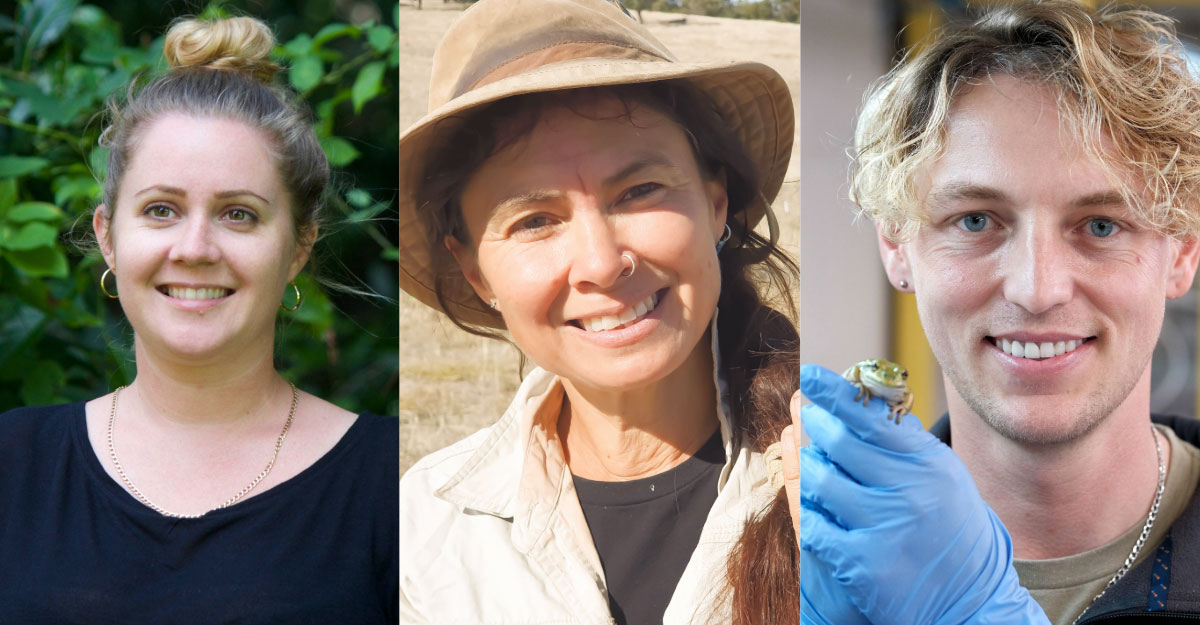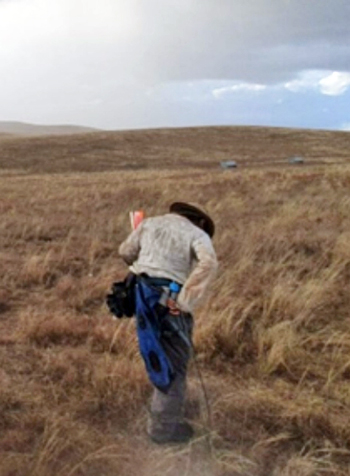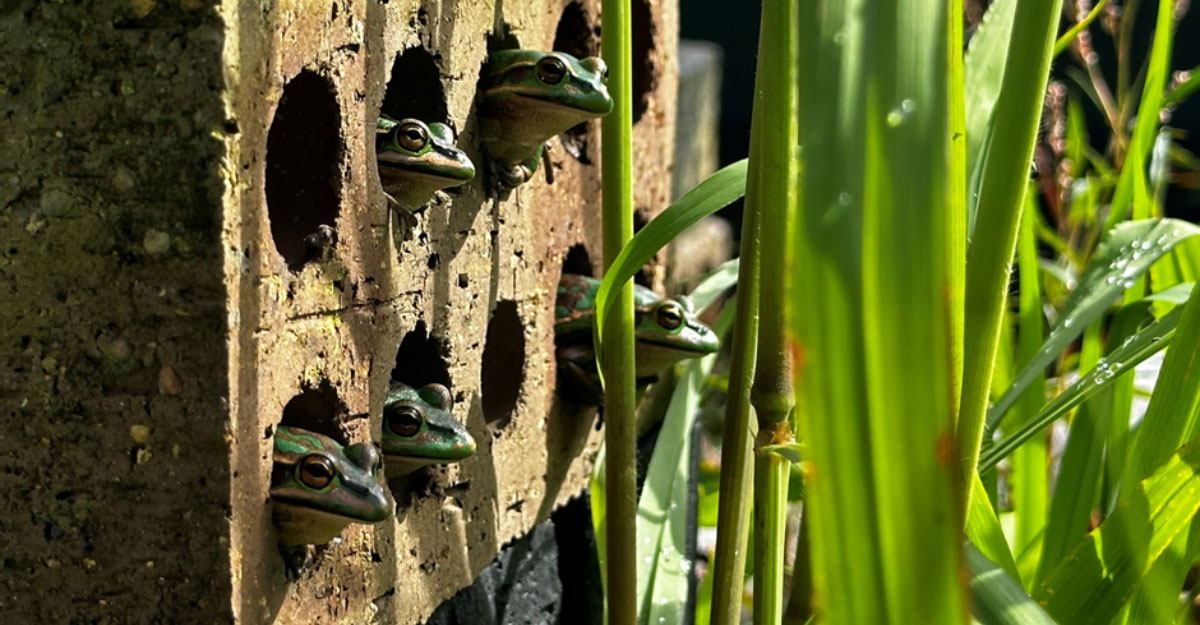
Three early-career researchers have been awarded funding for ecology projects thanks to the Margaret Middleton Fund for endangered Australian native vertebrate animals.
The fund provides grants to support emerging researchers who are conducting conservation-based research of Australian ecosystems that ultimately will lead to tangible outcomes for endangered native vertebrates.
The 2024 recipients are:
Global populations of green sea turtles have been declining due to a range of factors, including climate change, fishing practices and habitat loss, and these animals are now classified as endangered. Dr Samantha Tol, an ecologist dedicated to unravelling the intricacies of marine ecosystems, wants to harness the natural contributions of these marine mega-herbivores to enhance ecosystem restoration.
“One effective indirect approach to increase sea turtle populations is the restoration of their habitat, specifically seagrass meadows,” Dr Tol said in her application.
Dr Tol will use funds from this award to measure if seagrass seed germination rates, seedling growth and survival is enhanced by the addition of nutrients from turtle faeces. By enhancing seagrass restoration efforts, Dr Tol hopes to influence the overall conservation of green sea turtles and the numerous other species that depend on seagrass for their survival.
“I am enthusiastic about the potential positive impact that this research may have on seagrass restoration efforts and, ultimately, on the conservation of the many animals which rely on this habitat, especially the vulnerable dugongs and endangered green sea turtle,” Dr Tol said.
“I am genuinely grateful for this incredible opportunity to advance our understanding of marine ecosystems and contribute to the preservation of our marine wildlife.”

The pygmy blue-tongue lizard is endemic to South Australia and only found in a small number of isolated locations. This is an endangered species, at a high-risk of extinction due to dwindling grasslands. One way to conserve populations of these lizards may be to move them to protected locations (known as translocation).
Ms Dee Trewartha will use time-lapse cameras to monitor different populations of translocated pygmy blue tongue lizards and assess the population differences in their thermoregulation after translocation.
“Understanding the ability of high-risk populations to persist in altered climatic conditions is vital for successful translocation and therefore for ongoing management decisions,” Ms Trewartha said.
“I am absolutely excited that our little pygmy blue tongues have been funded by this prestigious award and I hope it will raise people’s awareness of the existence and conservation needs of this endangered endemic lizard.”

Dr Anthony Waddle will use the funding to test hot-spot shelters for protecting a wild population of green and golden bell frogs from the amphibian chytrid fungus, Batrachochytrium dendrobatidis.
The amphibian chytrid fungus is an invasive species that affects amphibians worldwide and has been implicated in the mass die-offs and species extinctions of frogs for the past several decades. Chytrid cannot be eradicated once it invades a new site.
Dr Waddle’s research efforts contribute to finding interventions that allow species to co-exist with the chytrid fungus in the environment.
“Over the past two decades, research on chytrid has created incredibly valuable foundational knowledge… but we still do not have many tools to combat the pathogen in nature,” Dr Waddle said.
“I will use this grant to test an approach that involves creating artificial habitat for frogs that exploits the pathogen’s vulnerability to high temperatures and certain frogs’ affinity to seek warm shelter sites.”
The Margaret Middleton Fund for endangered Australian native vertebrate animals was established in 2000 with Dr Margaret Middleton, who donated generously to this fund for many years.
Dr Middleton was a long-time supporter of the Academy and early-career scientists, with the fund supporting more than 90 projects to date.
Applications for the 2025 awards open on 15 February 2024.
© 2025 Australian Academy of Science